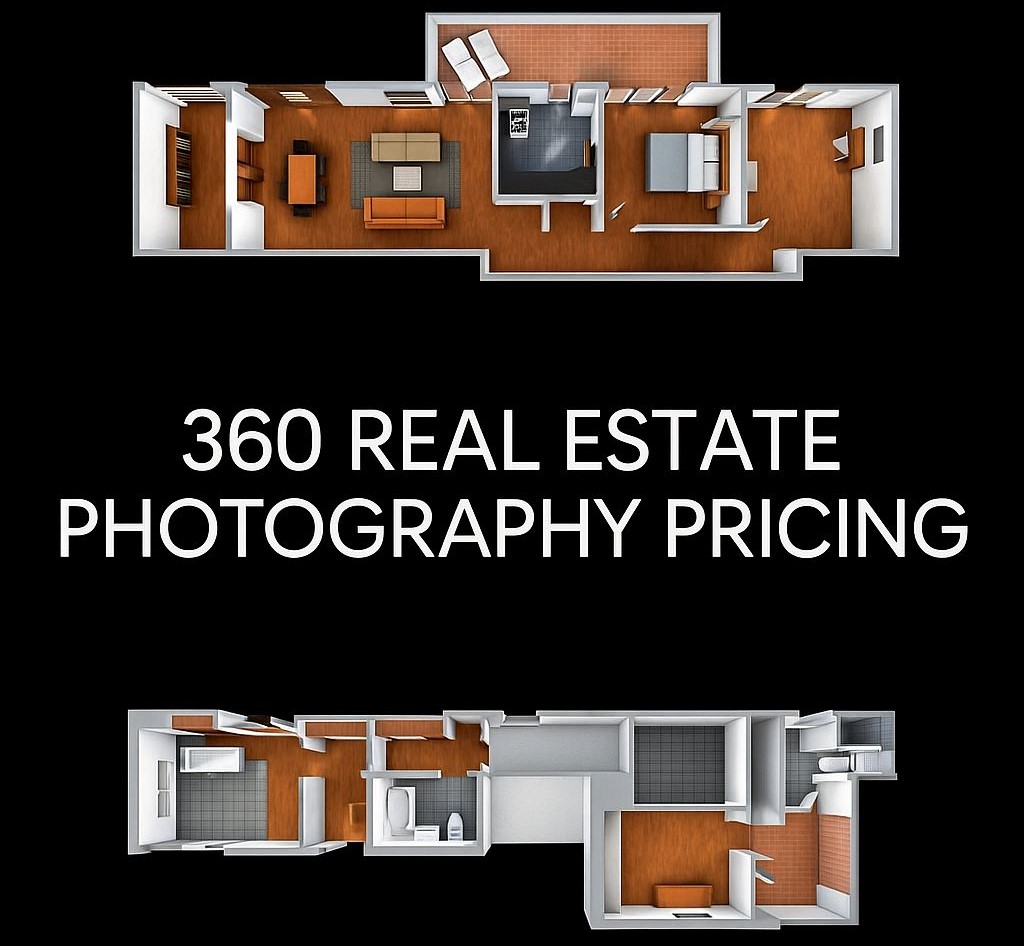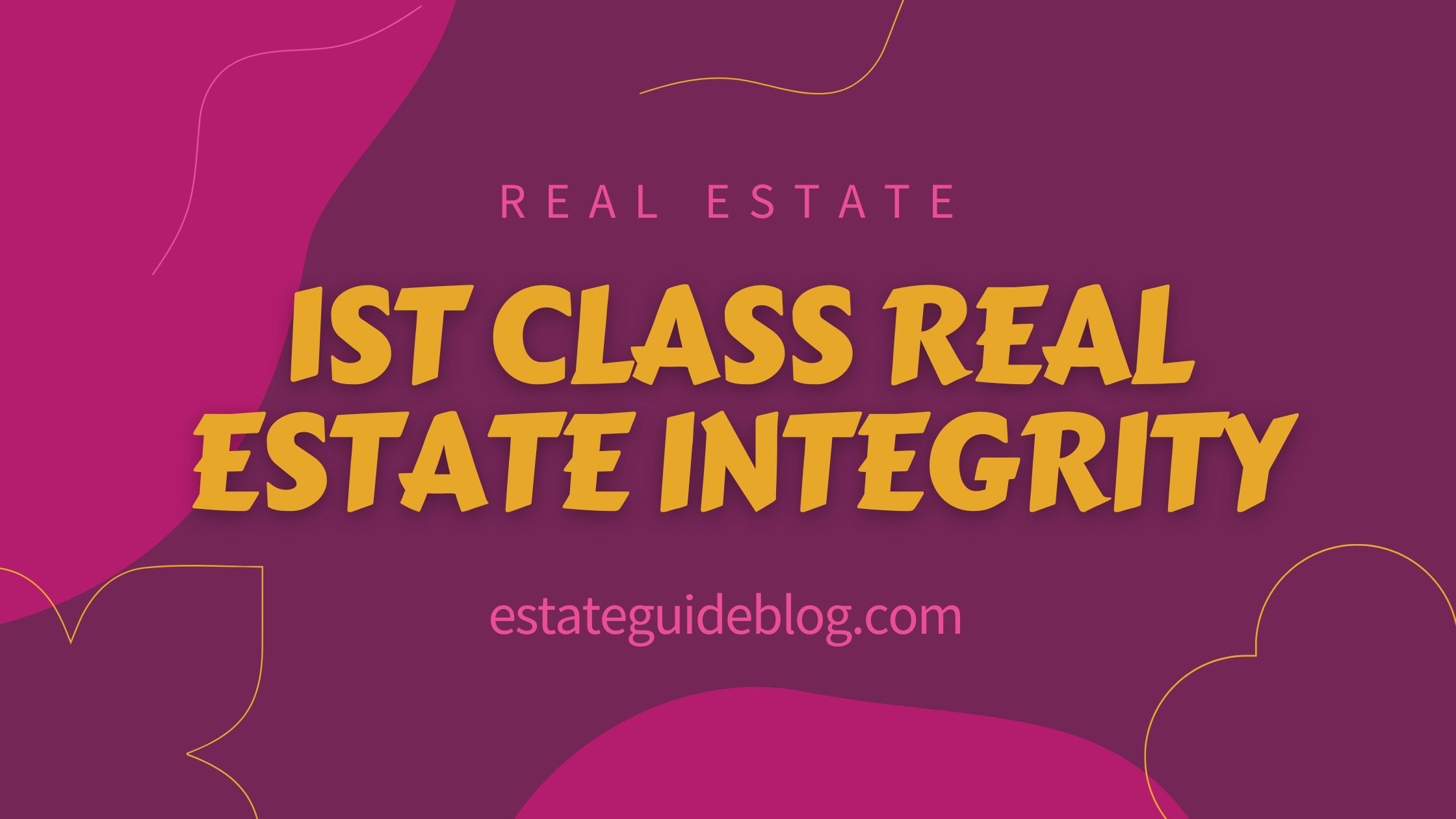Introduction: Why CRE Financing Variety Matters in 2025
Commercial real estate is not a one-size-fits-all business. Whether you're buying a retail plaza or refinancing a multifamily property, the financing route you choose can make or break your investment. In 2025’s dynamic lending environment with higher interest rates, tighter credit standards, and rising investor caution understanding the full landscape of 100 commercial real estate financing options is critical to long-term success.
This guide explores the wide universe of CRE loan types, from traditional term loans to innovative crowdfunding models, helping investors at all levels make informed capital decisions.
Traditional Commercial Loan Types
1. Conventional Bank Loans
Issued by banks and credit unions, these loans are best for stabilized assets with solid cash flow. Typically offering terms of 5–20 years with competitive fixed or floating rates.
2. SBA 504 & SBA 7(a) Loans
Government-backed options tailored for small business owners. SBA 504 loans cover property acquisition or renovations with low down payments and fixed interest rates.
3. Life Insurance Company Loans
Ideal for low-risk, stabilized, Class A properties. Known for long amortization (25–30 years) and ultra-competitive rates. However, underwriting is stringent and often limited to major metro markets.
Alternative Financing Options
4. Bridge Loans
Useful for quick acquisitions or distressed properties. These short-term, high-interest loans offer fast approvals, typically within 30 days, with minimal income verification.
5. Hard Money Loans
Asset-based loans offered by private individuals or funds. High-interest, short-term, but flexible and fast often used in fix-and-flip CRE deals.
6. Mezzanine Financing
Layered behind senior debt, mezzanine capital helps developers reduce equity requirements. Often used in large value-add or new construction projects.
Institutional & Structured Products
7. CMBS Loans
Commercial Mortgage-Backed Securities pool multiple CRE loans, securitize them, and sell to investors. Non-recourse and ideal for stabilized assets, but inflexible in servicing.
8. Fannie Mae/Freddie Mac Loans
Common in the multifamily sector. Offer non-recourse terms, 30-year amortization, and low rates. However, strict qualification standards apply.
Modern and Tech-Driven Financing
9. Crowdfunding Platforms
Sites like RealtyMogul and CrowdStreet let investors pool money to fund commercial deals. Great for both sponsors and passive investors, with minimums as low as $5,000.
10. Blockchain-Based Real Estate Lending
Emerging in 2025, tokenized real estate assets allow fractional ownership and financing via blockchain platforms. Regulatory oversight is still evolving.
Specialized CRE Financing Tools
Construction Loans: For ground-up developments, disbursed in phases.
Tenant Improvement (TI) Loans: Used to renovate spaces for incoming tenants.
Green Loans: Target energy-efficient upgrades (popular in LEED-certified projects).
Foreign Investor Loans: Designed for international buyers, often with higher down payments and interest rates.
How to Choose Among 100 CRE Financing Options
The best loan is not the one with the lowest rate it’s the one that matches your property’s cash flow, exit strategy, risk tolerance, and timeline.
Here’s how seasoned investors structure deals:
Use conventional loans for long-term holds.
Use bridge loans or mezzanine debt for transitional properties.
Use SBA financing to buy space for your own business.
Use CMBS or life insurance loans for stabilized, high-value assets.
In larger deals, “capital stacking” is often used combining senior loans, mezzanine financing, and equity from multiple sources.
FAQs
1. What are the main types of commercial real estate financing?
Commercial real estate (CRE) financing includes various options like traditional bank loans, SBA 504 loans, bridge loans, mezzanine financing, hard money loans, and CMBS loans. Each serves a different need based on deal structure, risk tolerance, and borrower qualifications. For example, SBA 504 loans are ideal for small businesses wanting to purchase owner-occupied properties, while CMBS loans are better suited for stabilized properties with predictable income streams.
2. How do I qualify for commercial real estate financing?
Lenders assess factors like creditworthiness, debt-service coverage ratio (DSCR), loan-to-value (LTV), net operating income (NOI), and borrower experience. A DSCR above 1.25 and an LTV below 75% typically improve approval chances. Lenders also prefer borrowers with a successful track record in managing or developing real estate.
3. What is the difference between CRE loans and residential loans?
CRE loans are tailored for income-producing properties like office buildings, retail centers, or multifamily units. They have shorter terms (5–20 years), balloon payments, and are underwritten based on property income, not just the borrower’s income. Residential loans, however, focus primarily on personal credit and are amortized over 30 years.
4. What is a CMBS loan, and how does it work?
Commercial Mortgage-Backed Securities (CMBS) loans are fixed-income investments secured by commercial real estate. These loans are pooled together and sold to investors. Borrowers benefit from competitive rates and non-recourse terms, but the structure can be rigid with limited prepayment flexibility.
5. What are mezzanine loans in real estate financing?
Mezzanine financing is a hybrid of debt and equity often used to fill the gap between senior debt and the borrower’s equity. It’s subordinate to primary debt but provides lenders a share of ownership if default occurs. It’s common in large commercial deals or development projects requiring layered capital stacks.
6. Can small businesses get commercial real estate loans?
Yes. The SBA 504 and SBA 7(a) loan programs are ideal for small businesses buying or renovating commercial property. With lower down payments (as low as 10%) and long repayment terms, these government-backed loans help small businesses build equity without major upfront capital.
7. What is a bridge loan in commercial real estate?
A bridge loan is a short-term, interest-only loan used to “bridge” the gap until permanent financing is secured or the property is sold. Common for rehab projects or time-sensitive deals, these loans typically last 6–36 months and carry higher interest rates due to increased risk.
8. How much down payment is required for commercial real estate?
Typical down payments range from 20% to 30%, though it can vary. SBA 504 loans may require only 10%, whereas private lenders might demand 35% or more. Down payment size often correlates with property type, borrower risk profile, and loan structure.
9. Are interest rates higher on commercial loans?
Yes, CRE loan rates are generally higher than residential rates due to greater risk, shorter terms, and complex underwriting. As of mid-2025, rates range from 6.5% to 9%, depending on loan type, duration, borrower profile, and market conditions.
10. How do I compare 100 commercial real estate financing options?
Use a comparative matrix focusing on loan amount, LTV, term, interest rate, flexibility, and fees. Platforms like Lendio, Fundrise, and StackSource help investors filter through dozens of CRE financing solutions. Consulting a commercial mortgage broker can further streamline your selection.
Conclusion: Maximize Your CRE Strategy with the Right Financing
The landscape of commercial real estate financing in 2025 is broader, faster, and more flexible than ever. With options ranging from SBA loans to blockchain-based platforms, understanding these tools can give you a critical edge.



















Blog Comments (0)